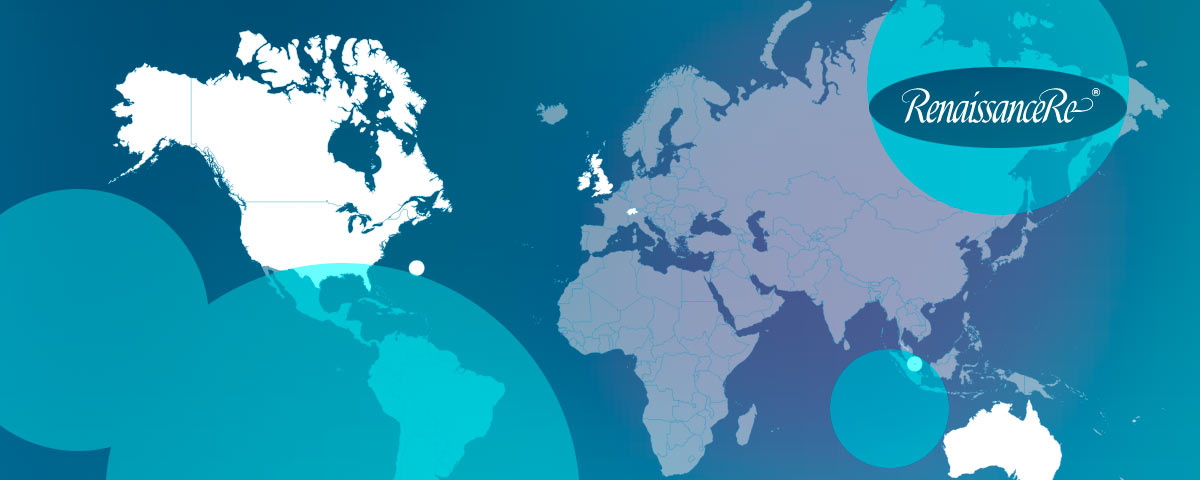The London market re/insurer MS Amlin calls for an overhaul of pricing and resilience measures as climate risks increase.
Insured losses from US hurricanes could grow by nearly 50% under a 2°C global warming scenario, according to a new study by MS Amlin, which warns of a growing imbalance between climate risk and insurance pricing.
Northeastern cities that have historically avoided major storms could face some of the largest increases in exposure, the study warns.
These findings come as US insurers confront a widening gap between rising risk and the adequacy of pricing and coverage.
New York could see insured losses rise by 64%, while Rhode Island and Massachusetts may experience increases of more than 70% in average annual losses. Florida, already among the most exposed states, may face a 44% increase in absolute terms.
The report also warns that stronger hurricanes will become more common. Category 4 and 5 storms, with wind speeds over 130 mph, are expected to maintain their strength further north as sea surface temperatures rise.
In major storm years, insured losses in the Carolinas could rise by 60%, three times the projected increase for Texas.
A repeat of the 2022 hurricane season, which cost the industry $62bn, could exceed $90bn in insured losses under the warming scenario.
Evidence is increasing—risk appears to rise faster than recognition or response. This study points to the need for stronger building codes along the US Northeast and mid-Atlantic coast, similar to hurricane-prone regions such as Florida and Louisiana. At the same time, the gap between risk and readiness appears to be growing.
Andrew Carrier, chief executive of MS Amlin
He added: “Asymmetry in the market is becoming more visible. Climate-related losses continue to rise, yet pricing and coverage terms fail to keep pace. Insurers can absorb climate shocks for society, but only if risks are priced and structured in line with current conditions.”
Dr Sam Phibbs, MS Amlin’s head of catastrophe research and co-author of the study, said the findings show a shift in risk toward regions less prepared for hurricane damage. He also cautioned that the projected 50% increase in losses may understate future risks.
Warmer oceans allow hurricanes to maintain their intensity further north and push significant new risk into areas less prepared to absorb it. Sea level rise, urban growth, and more intense rainfall could all increase insured losses well beyond what this scenario models
Dr Sam Phibbs, MS Amlin’s head of catastrophe research
The report, titled The impact of climate change on hurricane wind losses in the U.S., was authored by MS Amlin’s catastrophe research team in collaboration with external scientists.
It adds to a growing body of research calling for reform in building codes, pricing structures, and public awareness to ensure financial resilience as climate risks escalate.









